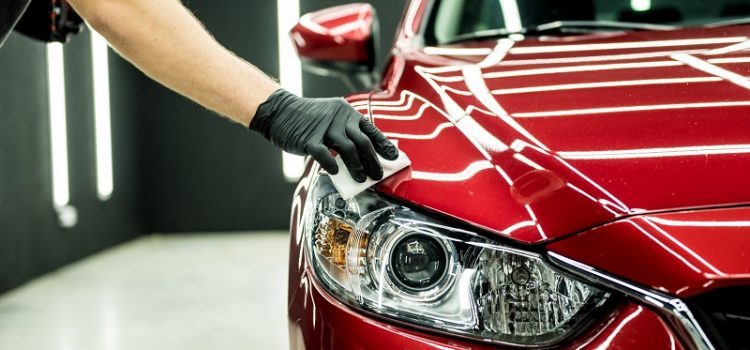Why You Should Protect the Exterior of Your Car with Ceramic Paint
The strong rays of the sun can cause damage to the exterior of your vehicle. For this reason, it is best to get a service that will keep its shine for long. Ceramic paint protection can improve the look of your car. It provides a high-quality barrier against the sun’s damaging UV rays and has a 9H hardness. In addition, this coating is easy to apply. These benefits make it the best choice for people who want to protect their car’s paint from the elements.
Exceptional Protection Against UV Rays
You can prevent the damage caused by UV rays by parking your car in a shaded area or storing it indoors during the day. If you don’t have enough space for a garage or parking lot, you can always opt for a protective ceramic coating. The coating can also protect your car’s paint from bird droppings, bug splatters, and dirt.
The benefits of ceramic paint protection are many. First of all, it eliminates the need for waxing. Second, it reduces the risk of paint damage due to rocks, tree branches, and other debris. This type of coating also extends the life of your car’s paint by giving it a hard layer of protection. Third, a ceramic coating also protects other materials, including plastics, chrome, and brake light covers. Furthermore, it is much more affordable and time-effective than waxing.
Semi-Permanent Layer of Protection
A semi-permanent layer of ceramic paint protection can protect your vehicle from a variety of damages, including scratches, fading, and chipping. These coatings have exceptional hydrophobic properties and are extremely resistant to extreme heat, water, and chemicals. The coatings form a semi-permanent bond with the car’s surface, so they will never wash off. One of the most effective coatings uses graphene, a super strong material that is 200 times stronger than steel. Graphene is also lightweight, making it a great choice for vehicle coating. Graphene also has incredible mechanical and electrical properties.
Ceramic coatings are semi-permanent layers of liquid polymers that have chemically bonded to the surface of a vehicle. This type of coating offers superior protection against the harmful effects of the sun, chemicals, and dirt, and they minimize swirl marks. Ceramic coatings are also known for their extreme shine and hydrophobic properties. They are composed of silica dioxide (Si02), a compound found naturally in rocks and sand. This protective layer will not wash off after a few months, and it will last for years if properly applied.
9H Hardness
One way to test the hardness of ceramic paint protection is by scratching it with a pencil. Pencils have a hardness rating ranging from 6B (softest) to 9H (hardest). Hardness is determined by a test in which a variety of pencils is used to scratch a steel plate at 45 degrees and a weight (500g to one kg) is applied to the plate. Pencil hardness varies greatly between different metals, so these hardness values are not necessarily applicable to automotive paint.
To achieve 9H hardness, ceramic paint protection would have to be fairly thick – usually 150 microns or more – and very slippery. This is a problem with pencil hardness tests because surfaces with slippage can easily fool the test. However, there are some industrial coatings that are made for this kind of hardness. Considering hiring a professional such as ziebartuae.com.
